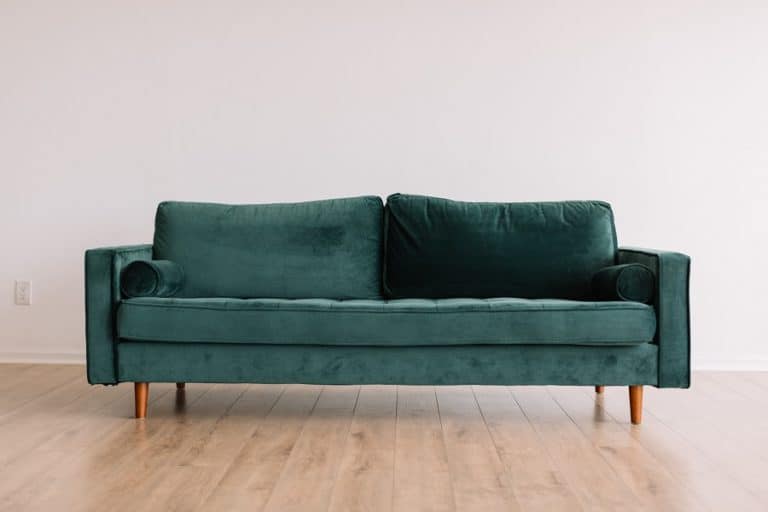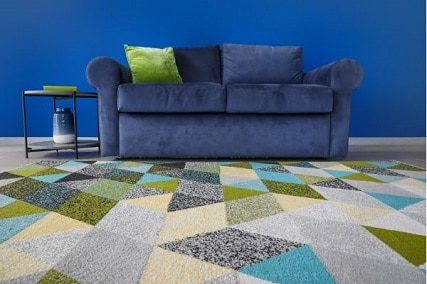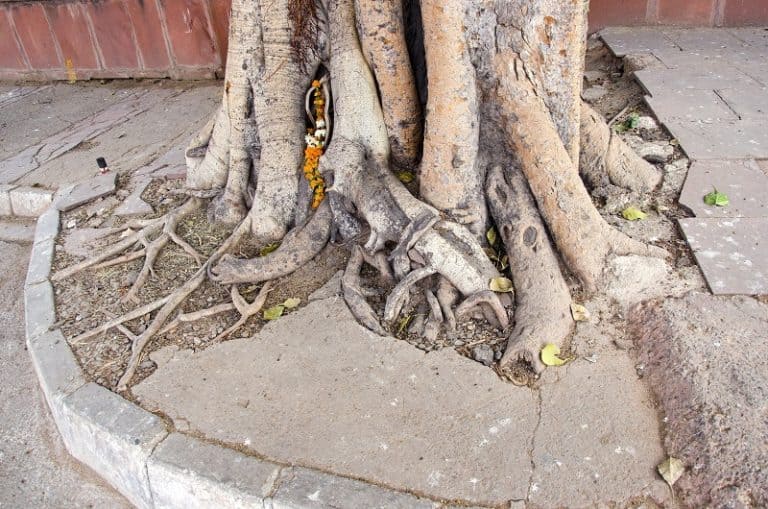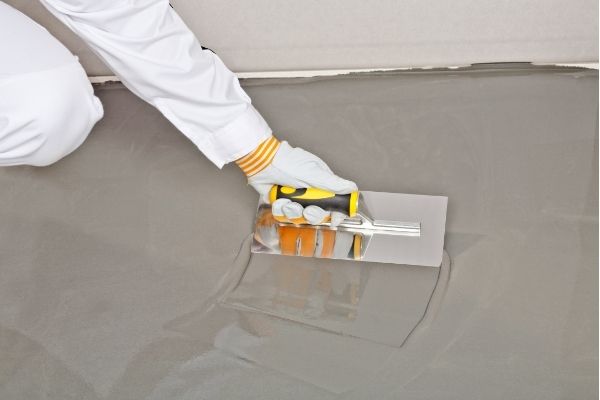This blog post is going to talk about the dangers of using polyurethane on laminate flooring. We will discuss how it affects the finish and can cause damage, as well as some other things that you may not know about this product.
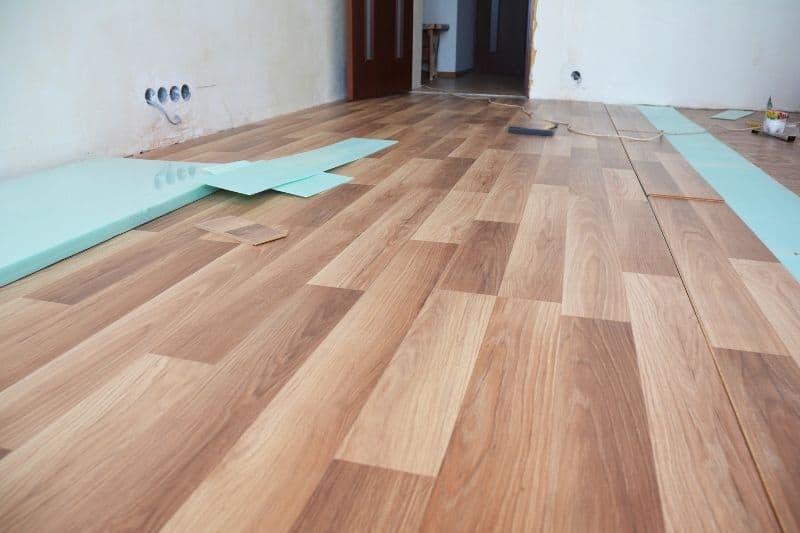
Polyurethane has been used for many years as a clear protective coating for wood floors and other surfaces in order to increase their longevity and prevent scratches. It also provides a beautiful polish to these surfaces with its glossy finish. However, when applied incorrectly or over different types of materials, such as laminate flooring, the results are often disappointing at best!
We’ll go over why polyurethane shouldn’t be used on laminate flooring.
Why Using Polyurethane on Laminate Flooring is a Bad Idea
Coating with polyurethane is a common way of finishing hardwood floors—it helps keep moisture out of the cracks and grain, preventing swelling and preserving the natural look. Polyurethane sticks well with real wood, creating an invisible layer that protects against scratching, staining or wear.
However, on laminate flooring, it doesn’t have as much effect since these floors are already covered in resin. Polyurethane coatings will not adhere very well to the laminate because of the slick nature of its top layer – which you can’t sand down either due to the nature of its construction.
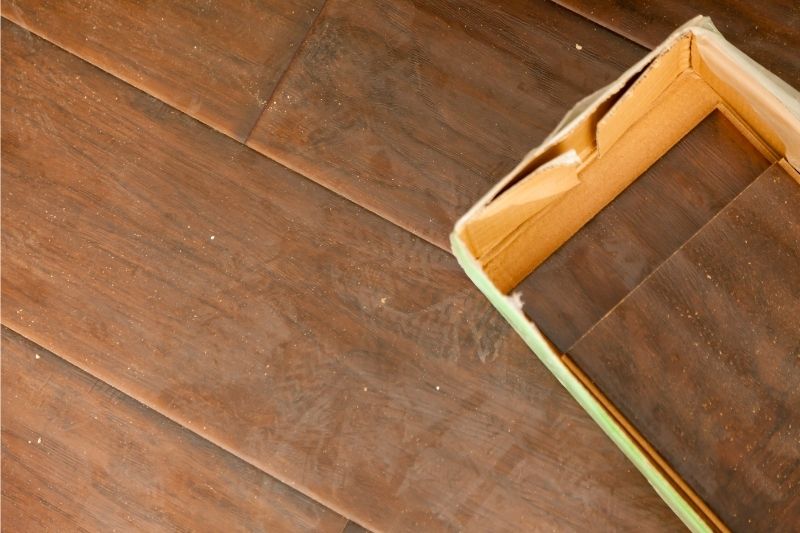
Another disadvantage of using polyurethane on laminate flooring is that it will stay on the surface and won’t go down into the gaps between the planks, which means moisture can still get in through these areas. This could lead to swelling of the planks as well as peeling/chipping over time.
Polyurethane simply isn’t the best choice for laminate floors, but that doesn’t mean you’ll have to give up on them. You can seal your flooring in other ways to keep it looking great for a long time.
Sealing Laminate Floors
If the gaps between laminate boards are left unsealed, they can let in moisture and cause the boards to suffer from water damage.
In order to avoid this problem, simply use a floor sealant specifically designed to work on laminate because this type will expand and contract as humidity levels fluctuate. Otherwise, the floor could splinter!
A floor sealant is advantageous in that it doesn’t permanently glue these gaps together. In the event of a repair, lifting the floors would be easy enough to accomplish.
Applying sealant couldn’t be easier: just put some on each crack and wipe away any excess when you’re done. These seals dry quickly so be sure not to wait too long before cleaning up or risk getting lumpy dried sealant all over your floors! Let them sit overnight before you use your floors again.
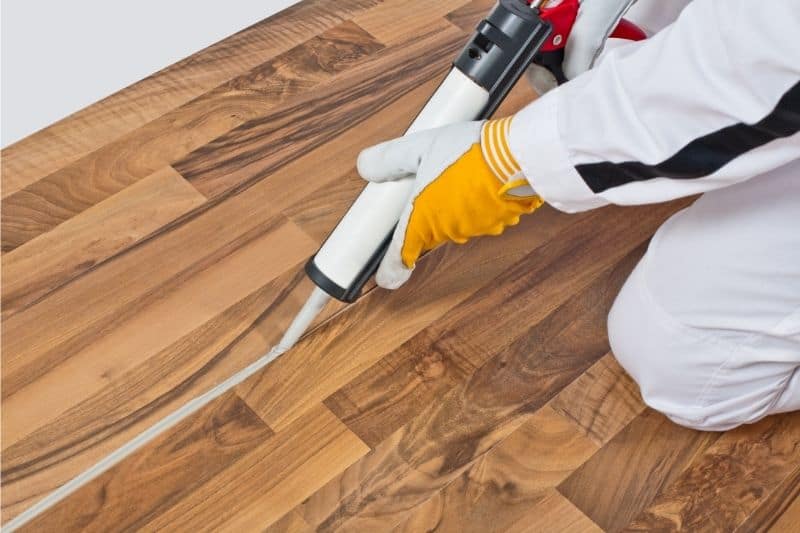
That said, applying sealers and coatings to laminate floors can actually make them very slippery. This is a hazard if you are using the flooring in an area where people need solid footing. Laminate flooring that’s already coated with resin doesn’t need to be sealed, and it offers a lot of protection against stains, wear and scratches.
How To Waterproof Laminate Flooring
The laminate floor is infamous for being a water magnet. It can be difficult to spot the damage at first, but as time goes on and it soaks up more and more liquid–and then begins swelling or splintering from too much moisture–it becomes clear that something needs to change fast!
Here are a few ways to make laminate flooring waterproof:
Apply hydro seal on the locking mechanisms
If you have a laminate floor that is starting to show its age with some water damage, there are several options available in the industry for waterproofing. One option might be hydro seal applied on your floor’s surface and side grooves which can improve their ability to keep out liquids for up to ten years.
Your best bet would be finding manufacturers who take these considerations into account when formulating fiberboard so they may offer more durable solutions.
Plastic laminate flooring has become a trend over the last decade and has been invented for use in various parts of the house. PVC laminates can be used as waterproofing applications, where they maintain their impermeable quality even when wet.
Apply polyurethane coating
Wait, what?
I know, I know, after reading all of the warnings about using polyurethane on laminate flooring, you’re probably thinking to yourself “wait a minute.”
But although using polyurethane has some disadvantages, it does have its advantages as well.
Applying a coat of polyurethane on your laminate is a good way to waterproof your floor. Besides sealing and caulking the expansion gaps, it won’t protect what sits below: the actual wood used in the construction of boards that form the foundation for all floors.
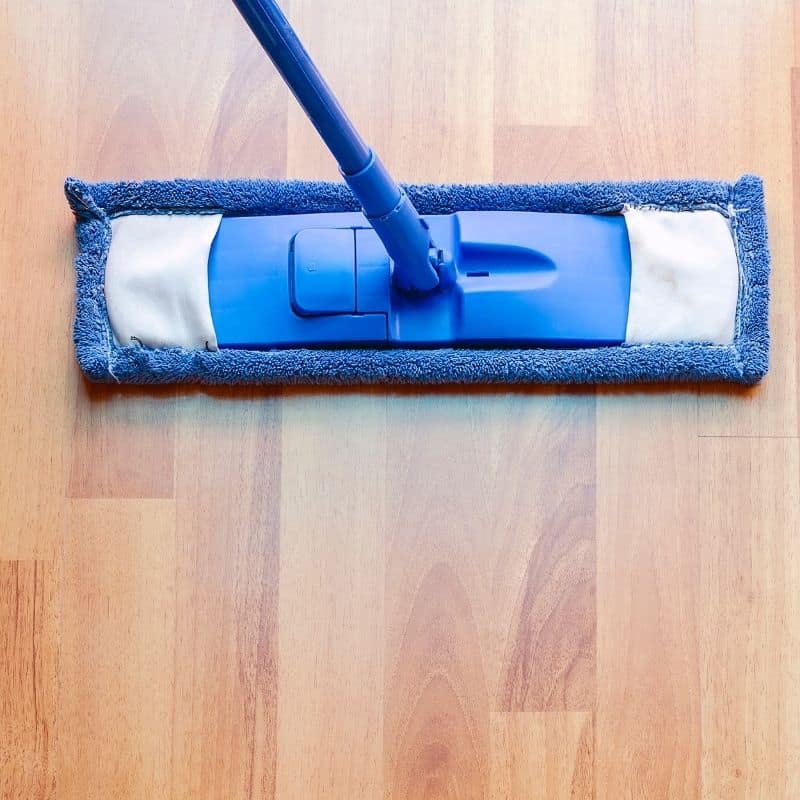
The polyurethane should be applied using a mop and allowed to dry. You can repeat this process for at least two coats depending on which brand of laminate flooring you are applying it to.
Be sure that before the final coat is put down, your local expert has inspected your job for any damage; some DIYers have reported problems with their jobs not turning out as expected after following these simple steps without checking in first.
Still, bear in mind that polyurethane does not adhere to the floor and over time, will wear away. When it does, it can lead to expensive repairs that may be avoided if you had gone with a different material for your laminate floors.
Other Care Options for Laminate Flooring
The main issue for laminate floors when it comes to their lifespan in terms of resisting moisture is joints and other weak points where water might be able to get inside.
By following these care tips, you can make your laminate last longer.
- Removing all dirt and debris is key to a good laminate floor installation. Be sure not to miss the corners, edges, or seams!
- Consider using epoxy glue for extra protection on these areas from water penetration.
- Cover the edges and then apply floor sealant on your laminate floor. Allow at least one layer to dry before applying a second, or even third if need be.
- Use specialized products designed for the use of laminated flooring and avoid using regular mop water to clean it; instead, opt for a touch-up kit that will keep scratches at bay.
- Put felt bottoms on furniture in the room so they don’t scratch or damage your floors from high traffic areas such as hallways or entryways.
- A dehumidifier is recommended if there’s an unusually wet climate while bringing out humidifiers when living in more arid regions with dry climates should help too!


